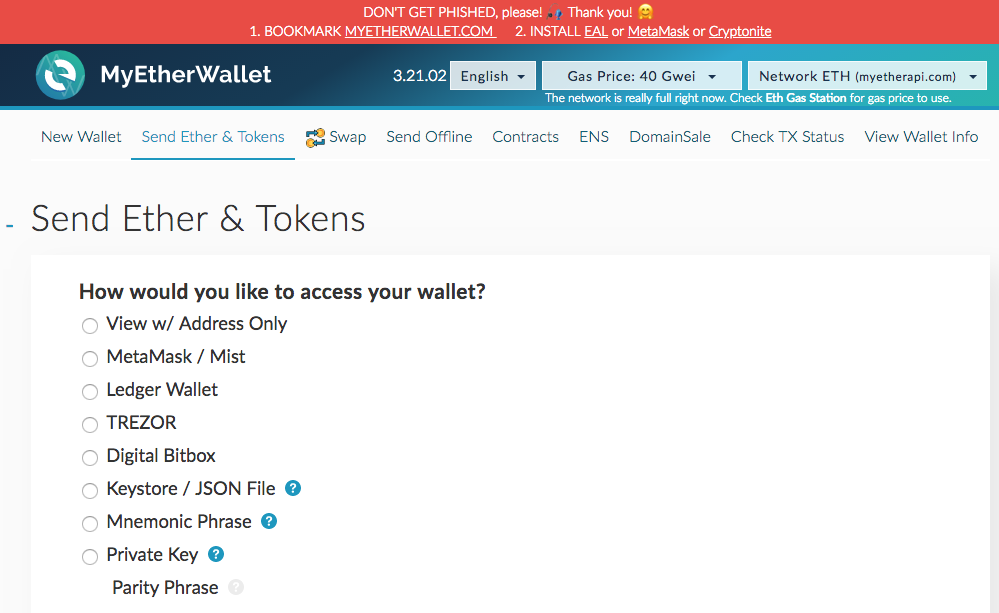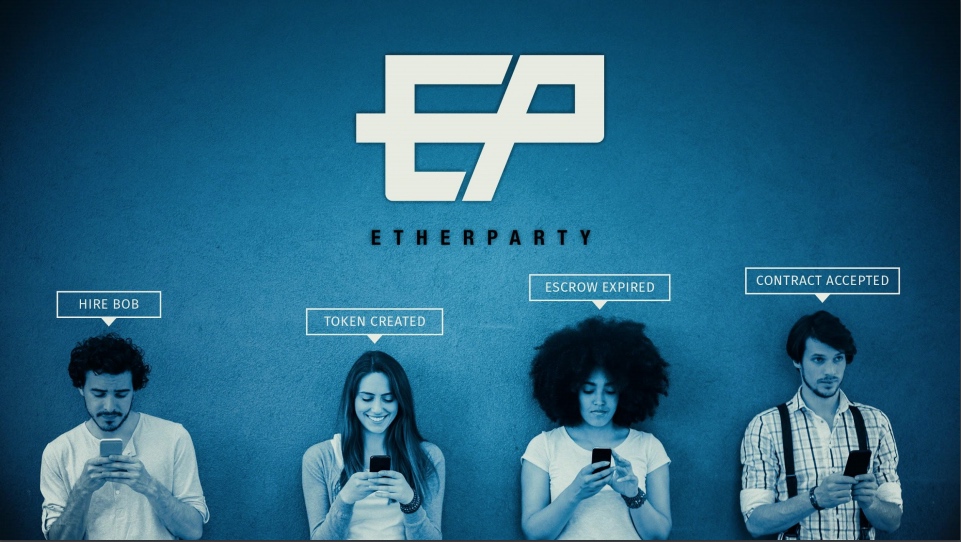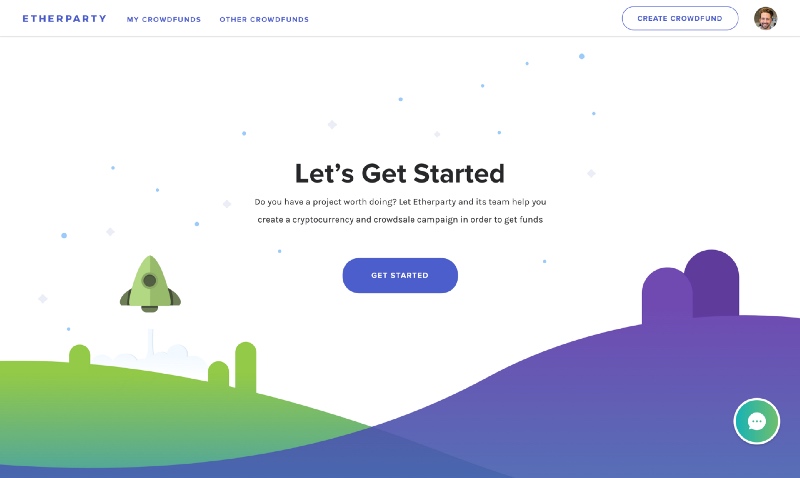Interest in blockchain and cryptocurrency continues to surge, which makes comparisons to the mid-to-late 1990s all the more relevant. That was a period when we were all trying to figure out how to use the Web – or “surf” it, using the lingo of that time.
We’re at a similar point with blockchain. I call it the “Geocities era,” because the user interfaces are ugly and not very user friendly. Digital wallets are the best example. Right now it’s difficult to store and transfer your cryptocurrencies, because you have to learn how to safely use private keys, what recovery seeds are (that list of 12–24 randomized words you’re asked to write down and hide somewhere), when and how to back up your wallet, what the heck MyEtherWallet is and why it’s needed when you transfer Ether, and so on. In short: it takes a while to learn how to use crypto wallets.

Even after several months of using products like MyEtherWallet, I still get nervous when I transfer funds from an exchange to a wallet. Your money can disappear in an instant, if you do even one small thing wrong.
It reminds me of the early Amazon experience. Amazon.com launched in 1995, but it took a few years for people to get used to the idea of typing their credit card details into a website. I remember being nervous about that when I first started using Amazon. Is this safe? Am I doing it right? I have the same questions in 2018 about digital wallets.
So the user interfaces need to get easier and less daunting. What also needs to happen is allowing creativity to blossom on blockchain development platforms, such as Ethereum and its competitors. That will only happen when non-technical users can build new things on blockchain. I think this is what blockchain expert William Mougayar was getting at when he tweeted this last month:
To #ethdenver Techies: Too much blockchain technology is still in the hands of technologists. It should be handed to non-technical users and thinkers. When that happens, the blockchain will take off even more. Look at the web and how it empowers us without knowing a line of code.
— William Mougayar ⬢ (@wmougayar) February 17, 2018
I started dabbling in website development in the 1990s. I created my first websites using tools like Geocities, Angelfire and eWebCity (which later re-branded to Brinkster). These are long-gone services, but at the time they enabled non-programmers like me to experiment and build websites. Sure you had to learn code like HTML and CSS, but the main user interface was WYSIWYG (“what you see is what you get”). That made it relatively easy to develop a website; certainly a lot easier than having to know a heavy duty programming language like C++ or Visual Basic.
Let’s switch back to the present. If you want to develop on the Ethereum platform, currently you have to learn a special programming language called Solidity. It’s often compared to JavaScript, so it’s not overly complicated to pick up. But there isn’t an established WYSIWYG interface yet for Solidity developers.
There have been early attempts to build a WYSIWYG interface for Ethereum development. One I came across is called Etherparty, a name that screams 2018 just as Angelfire screamed 1998.

Etherparty is positioning itself as “a smart contract creation tool.” It allows users to create programs on Ethereum using preconfigured templates and drag-and-drop functionality. So you can build on Ethereum even if you have “zero knowledge of smart contract programming.” Also, as the screenshot above from its publicity deck implies, Etherparty is designed to be used just as easily on mobile.
Etherparty isn’t quite like Angelfire, because it doesn’t have a design aspect. So creativity is limited. But it’s a start toward making smart contract programming more accessible.
The company is still experimenting with its user interface, having recently asked its community to vote on some design concepts. The example below was an attempt to do a “playful, clean, but eye-grabbing” UI.

I don’t know if Etherparty will ever gain traction, but I like what they’re trying to do: make it easier for people to create new things on a blockchain.
We haven’t yet seen a breakthrough in user interface for digital wallets, and it’ll be a year or two before a WYSIWYG user interface for blockchain captures mainstream attention. But one final look back to the good ol’ days of Dot Com will show how important it is that these things do happen eventually.
Many of you will remember that Google started to assert itself as the number one search engine in about 2000. A Google announcement from June 2000 reminds us just why it became so popular. “The key benefits of Google’s search engine,” the press release stated, “include its ease of use and clean interface, and highly relevant results.”
Yes the technology underneath enabled those “highly relevant results,” but Google would never have taken off it weren’t for its “ease of use and clean interface.” That’s what blockchain startups need to aspire to.


Amen! Greater usability is coming and that’s when crypto will really finally see adoption!